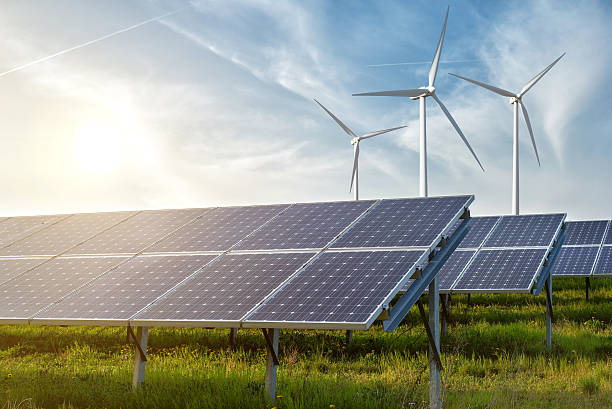
FAQ About Clean Energy
Clean Energy
2 years ago | gizem
How does clean energy affect energy prices?
The impact of clean energy on energy prices can vary based on several factors, including the specific clean energy technology, regional energy markets, government policies, and the overall energy mix. Here are some ways clean energy can affect energy prices:
- Cost of Generation: The cost of electricity generation from clean energy sources has decreased significantly in recent years, making them more competitive with traditional fossil fuel-based power generation. As clean energy technologies become more cost-effective, they can help stabilize or even reduce energy prices.
- Renewable Energy Policies: Government incentives, subsidies, and renewable portfolio standards can influence the deployment of clean energy. These policies may result in reduced electricity prices for consumers in regions where clean energy becomes a major component of the energy mix.
- Fuel Price Volatility: Fossil fuel-based power generation relies on the availability and price of coal, natural gas, and oil. The fluctuation of fuel prices can lead to volatile energy prices. Clean energy sources, such as solar, wind, and hydro, are not dependent on fuel costs, providing a more stable pricing environment.
- Grid Stability and Reliability: Clean energy, particularly when combined with energy storage technologies, can enhance grid stability and reliability. Reducing the need for expensive peaking power plants and grid upgrades can help moderate electricity prices.
- Energy Efficiency Measures: Combining clean energy with energy efficiency measures reduces overall energy consumption, leading to lower energy bills for consumers and businesses.
- Grid Parity: In regions where clean energy achieves grid parity, meaning it costs the same as or less than conventional power, it can directly impact electricity prices by offering a cost-competitive alternative.
- Electricity Market Dynamics: Energy prices are also influenced by market dynamics, such as supply and demand, competition, and regulatory factors. As clean energy technologies increase their market share, they can influence overall market prices.
- Public Perception and Consumer Demand: Increasing public awareness and demand for clean energy can influence energy providers to invest in renewable technologies, thereby shaping the energy mix and influencing energy prices.
- Long-Term Planning: Investments in clean energy projects often have long-term contracts, ensuring a stable revenue stream for clean energy producers. Long-term planning and contracts can contribute to more predictable energy prices.
- Ancillary Services: Clean energy technologies, particularly those with energy storage capabilities, can provide ancillary services to the grid, such as frequency regulation and grid balancing. These services can have a positive impact on grid stability and, in some cases, energy prices.
